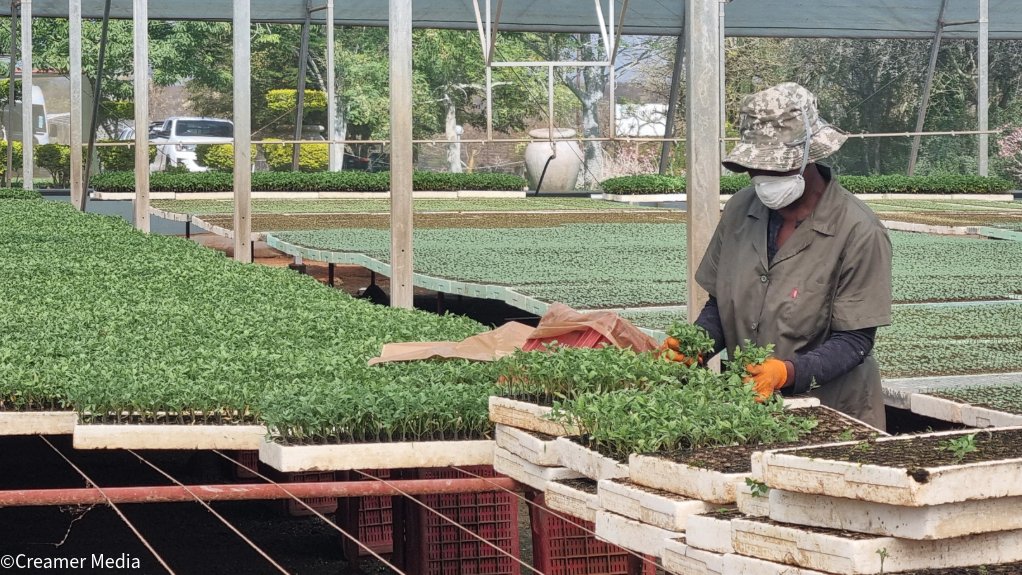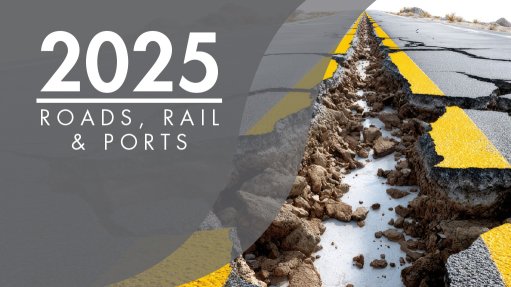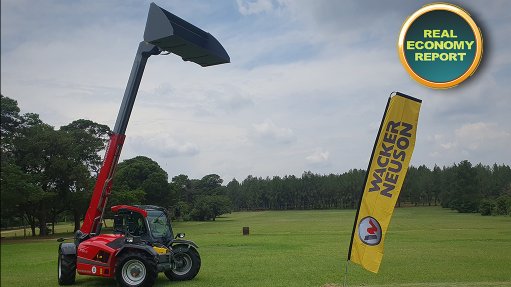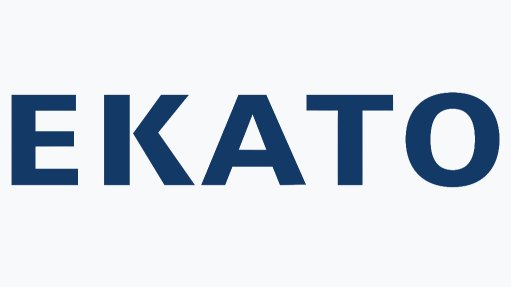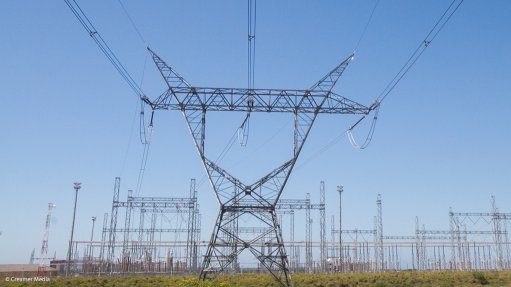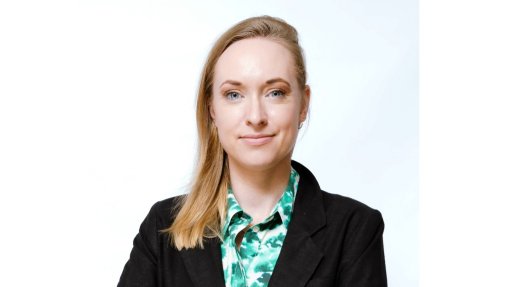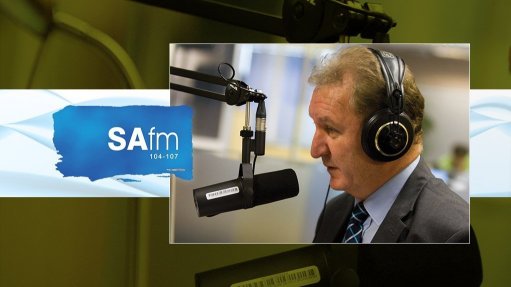Santam relooks farm insurance ratings ahead of potential La Niña hail
As South Africa heads into a La Niña season, which brings about more rainstorms in the country, insurance provider Santam is revisiting its ratings for insurance related to the perils associated with the phenomenon.
Santam says there has been a significant rise in the occurrence of frost and resultant damage to crops every year since 2014. It adds that hail, frost and fire are the biggest crop risks and have escalated owing to the increased severity and prolonged effects of the dry El Niño and wet La Niña cycles.
The group invests heavily in managing its risk exposure by conducting hail simulation trials and assessments at a farm outside Bloemfontein. It can take months to conclude a full assessment as the full extent of the damage can only be determined at the end of the season after allowing for recovery time.
“New cultivars are being planted every year and we need to know how the seeds will react after hail damage occurs to a particular cultivar at a particular time,” agriculture crop insurance head Daniel Stevens explains.
Santam has eight other locations in the country, including in Limpopo, Free State, KwaZulu-Natal and the Eastern Cape, since crops in each location have different responses to hail damage.
“We rent up to half a hectare of land from various farmers to conduct our simulations across different regions. At the end of the trials, we collate the data to determine if we should change our assessment procedures as our goal is always to pay the farmer what he should be getting out,” says Stevens.
Moreover, Santam acknowledges that the agriculture sector has greater exposure to the effects of weather patterns than any other sector. The insurer also recognises that agriculture is vital for economic growth, having contributed 3% to GDP, supported 941 000 jobs and generated $13.2-billion in export revenue in 2023.
While all grain crops, vegetables and fruits have risks related to their production season, hail remains the biggest risk to all farmers.
A hailstorm can cause different levels of damage to crops depending on the growth stage at the time of the event, the geographic location of the crop and weather conditions after the damage occurred.
For example, if hail damages a full-grown fruit tree, it can result in 100% loss in terms of exports, but damaged apples can still be used to make juice.
In terms of grains, some of the crops can grow back after hail damage, depending on when in the growth stage the damage occurred.
To mitigate ever-increasing weather risks, farmers must keep up to date with proper farming practices – including planting different cultivars that are adapted to the environment. Other practices such as moisture conservation and soil health with the application of precision farming can also minimise the impact of climate variation.
Santam says larger commercial farmers may also choose to mitigate their crop-related risk by diversifying geographic exposures and income streams.
“Farmers with sufficient resources also tend to self-insure through structured insurance models where a particular risk may be uninsurable,” says Stevens.
Production and climate risks can negatively impact on a commercial farm’s profitability, liquidity and, in extreme cases, its sustainability.
In this regard, crop insurance is an ideal instrument for farmers to mitigate these risks but farmers should always use a combination of risk management through proper farming practices and risk transfer, which must be built into the operation’s balance sheet.
Article Enquiry
Email Article
Save Article
Feedback
To advertise email advertising@creamermedia.co.za or click here
Comments
Press Office
Announcements
What's On
Subscribe to improve your user experience...
Option 1 (equivalent of R125 a month):
Receive a weekly copy of Creamer Media's Engineering News & Mining Weekly magazine
(print copy for those in South Africa and e-magazine for those outside of South Africa)
Receive daily email newsletters
Access to full search results
Access archive of magazine back copies
Access to Projects in Progress
Access to ONE Research Report of your choice in PDF format
Option 2 (equivalent of R375 a month):
All benefits from Option 1
PLUS
Access to Creamer Media's Research Channel Africa for ALL Research Reports, in PDF format, on various industrial and mining sectors
including Electricity; Water; Energy Transition; Hydrogen; Roads, Rail and Ports; Coal; Gold; Platinum; Battery Metals; etc.
Already a subscriber?
Forgotten your password?
Receive weekly copy of Creamer Media's Engineering News & Mining Weekly magazine (print copy for those in South Africa and e-magazine for those outside of South Africa)
➕
Recieve daily email newsletters
➕
Access to full search results
➕
Access archive of magazine back copies
➕
Access to Projects in Progress
➕
Access to ONE Research Report of your choice in PDF format
RESEARCH CHANNEL AFRICA
R4500 (equivalent of R375 a month)
SUBSCRIBEAll benefits from Option 1
➕
Access to Creamer Media's Research Channel Africa for ALL Research Reports on various industrial and mining sectors, in PDF format, including on:
Electricity
➕
Water
➕
Energy Transition
➕
Hydrogen
➕
Roads, Rail and Ports
➕
Coal
➕
Gold
➕
Platinum
➕
Battery Metals
➕
etc.
Receive all benefits from Option 1 or Option 2 delivered to numerous people at your company
➕
Multiple User names and Passwords for simultaneous log-ins
➕
Intranet integration access to all in your organisation



